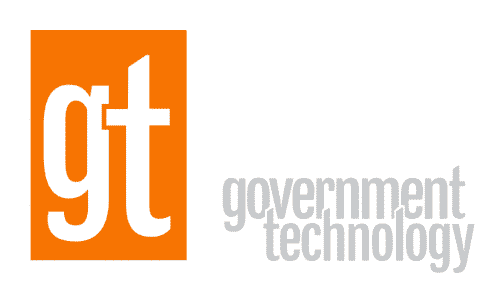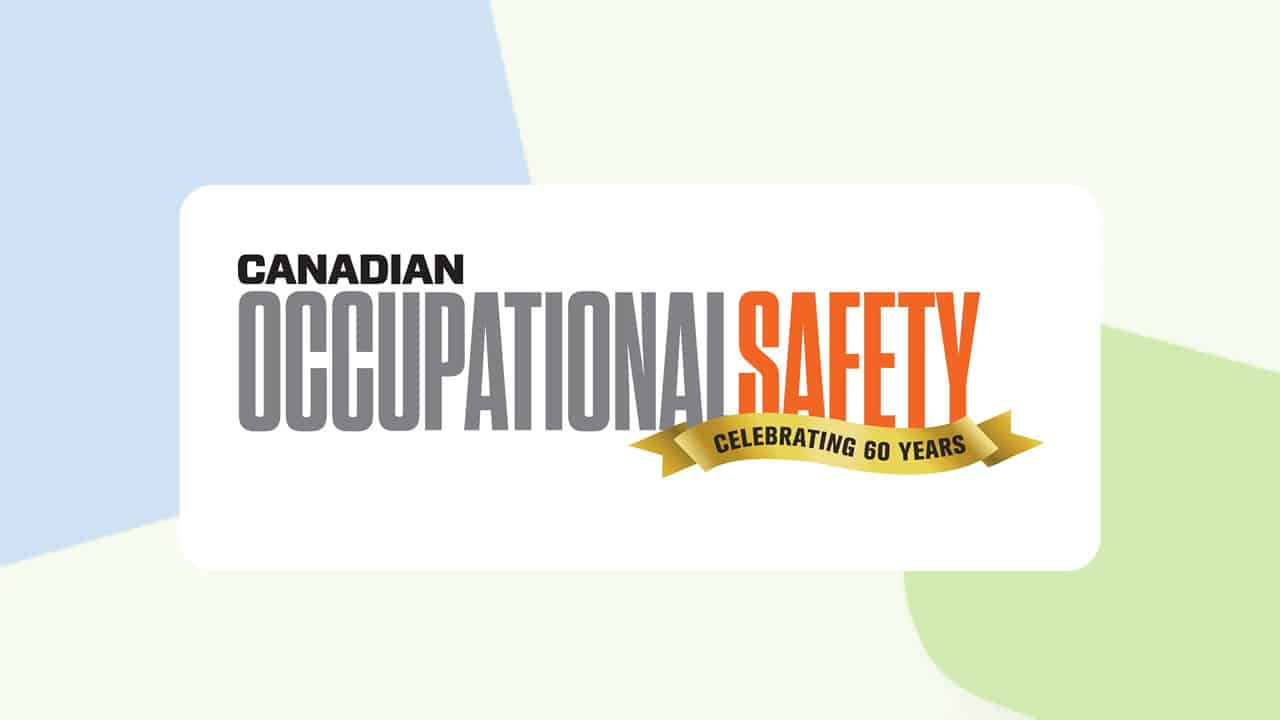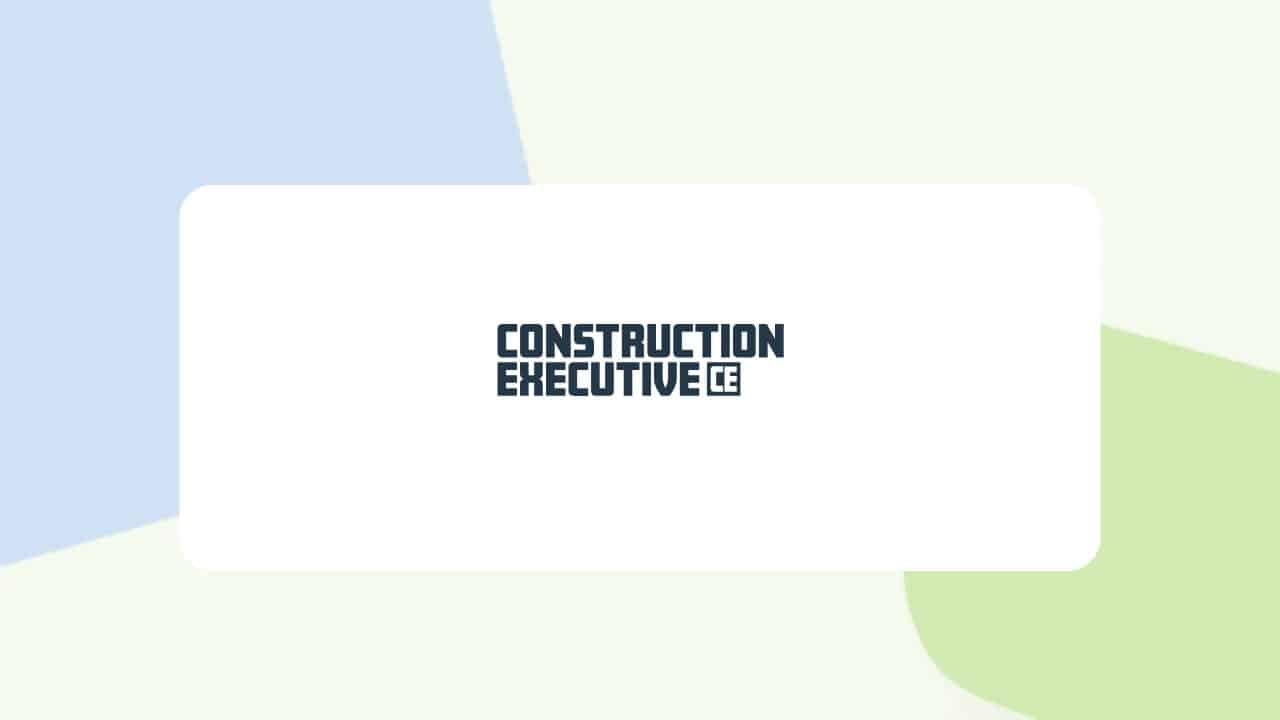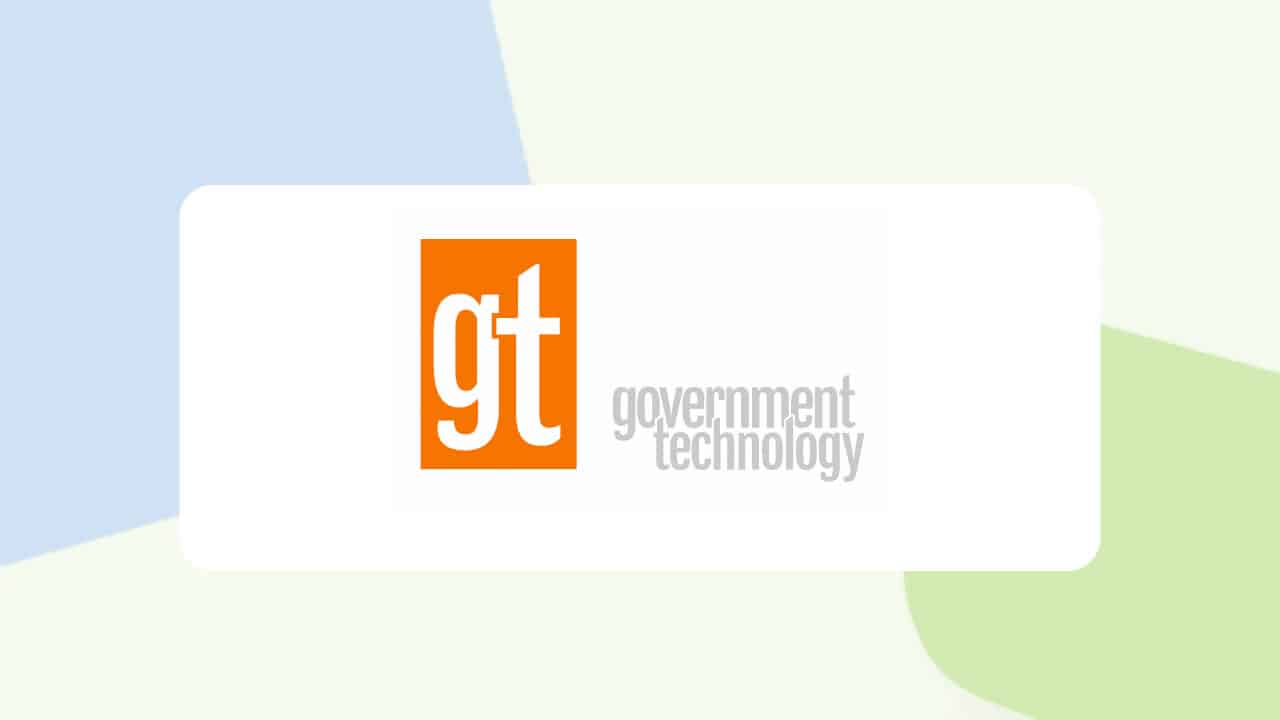In the News
Read the latest and learn more about the difference Vector Solutions is making for its customers—and their communities.
New Data Reveals Need for Mental Well-Being Resources on College Campuses
Jul 31, 2023
Vector Solutions Offers Free Online Guide to Legislation Affecting Police
Jul 25, 2023
Holistic Wellness for Firefighters – Who’s looking out for our first responders?
Jul 14, 2023
How to Use Online Training in Law Enforcement
Mar 15, 2023
Filter
All news

Firefighter Numbers Continue to Shrink as Calls Increase
April 17, 2024

Boosting Education with Modern Technology
April 5, 2024

It’s never too early to talk about heat stress
March 5, 2024

Championing Safety From the Top Down
January 24, 2024

Employee Retention: Why Ongoing Education is The Key
January 17, 2024

Why you should start thinking about the heat now
January 17, 2024

The Power of Emergency Preparedness
December 13, 2023

Train More Safely With Construction Technology
December 6, 2023

Skills gap highlights need for training
November 30, 2023

Survey: Police Want More Training, Mental Health Support
November 20, 2023

Improving ISO Ratings Involves Fire, Water And 911 Center Departments
November 7, 2023

Training lets Stelray workers shine
October 26, 2023

Training can be tailored to workers’ needs
October 26, 2023

Free Online Guide to Legislation Affecting Police
October 2, 2023
Explore our software solutions designed to help your organization succeed
Request A Demo




